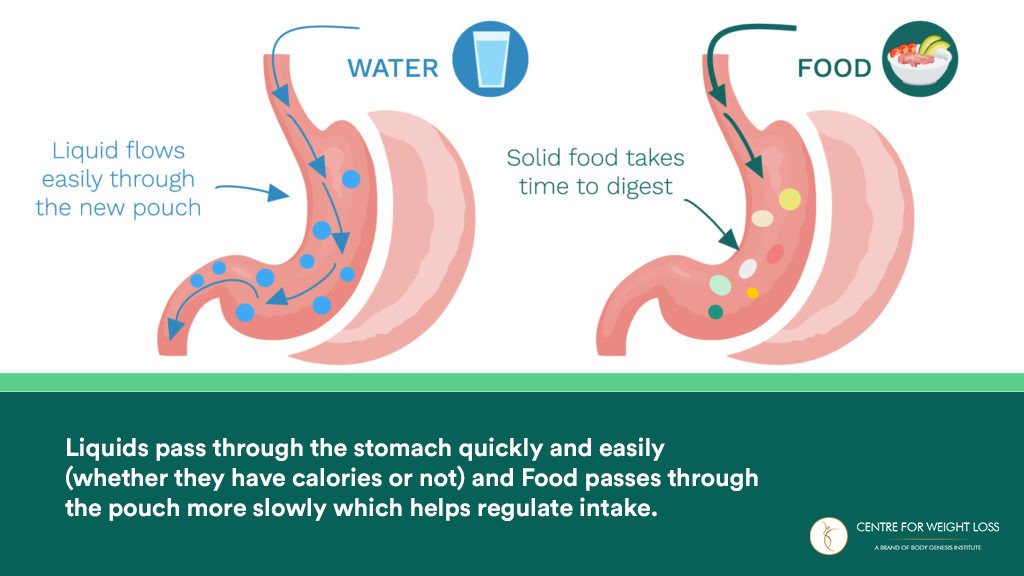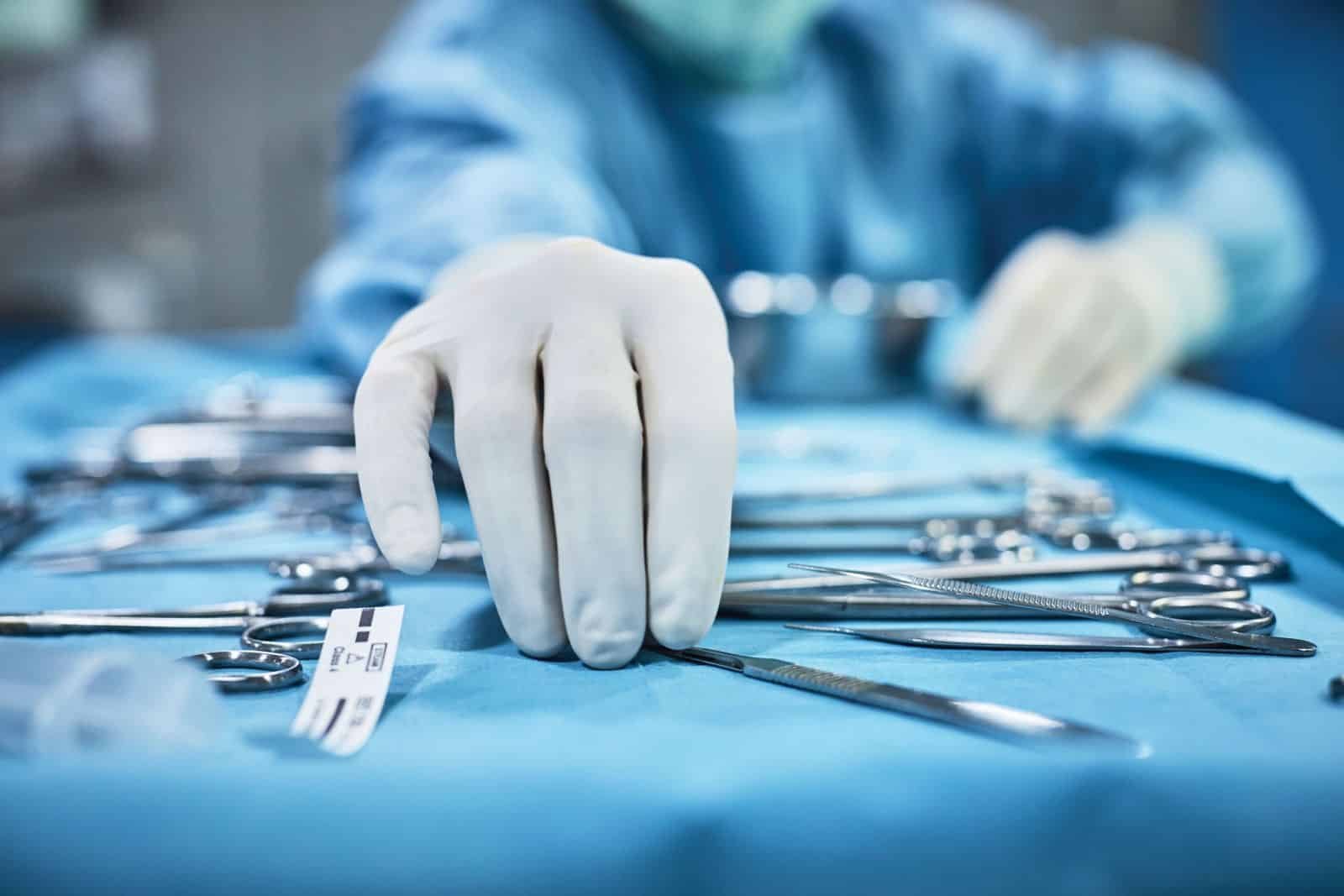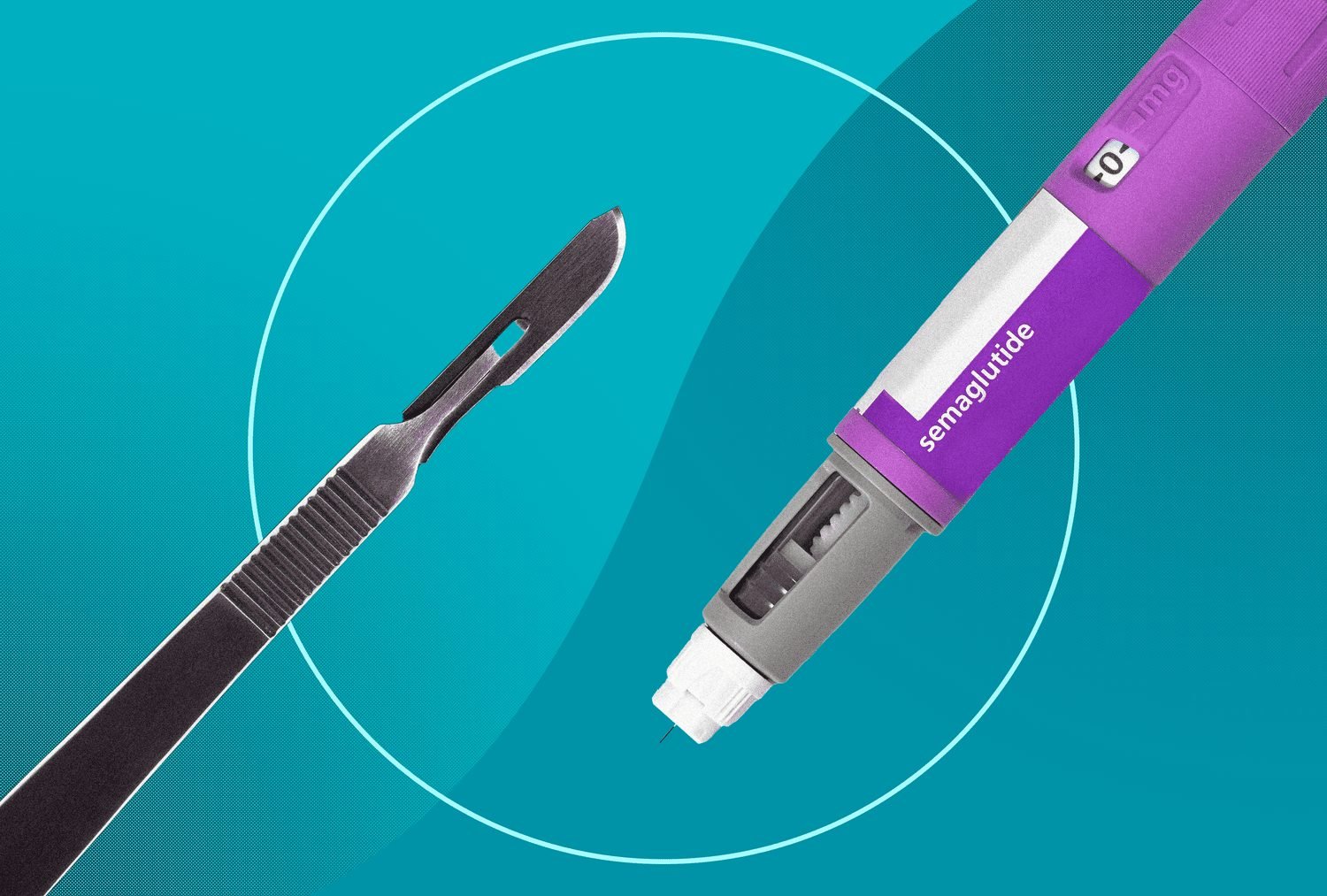Gastric sleeve surgery (sleeve gastrectomy) has become one of the most popular weight loss surgeries globally due to its effectiveness and relative simplicity. However, as with any medical procedure, long-term success depends significantly on patient commitment and aftercare. One common concern among patients is the stretching of the gastric sleeve over time.
But is gastric sleeve stretching inevitable? Can it be prevented? And what are your options if stretching has already occurred?
In this blog, we’ll explore how to prevent your gastric sleeve from stretching, signs to watch for, post-op habits to maintain your new stomach size, and what treatment options are available if your sleeve does stretch.
What is Gastric Sleeve Stretching?
During sleeve gastrectomy, a large portion of the stomach is removed, leaving behind a tube-shaped “sleeve” roughly the size of a banana. This smaller stomach helps reduce food intake and appetite, making it easier to lose weight. Over time, however, this sleeve can stretch, especially if post-operative guidelines aren’t followed.
Gastric sleeve stretching refers to the expansion of the stomach pouch, potentially allowing patients to consume larger food portions, slowing or reversing weight loss, and, in some cases, contributing to weight regain.
Why Does the Gastric Sleeve Stretch?

Several factors can lead to sleeve stretching:
- Consuming large meal portions over time
- Frequent snacking or grazing
- Carbonated beverages that introduce gas
- Eating too quickly
- Lack of regular follow-ups and support
It’s important to note that some natural stomach tissue elasticity is expected. However, significant stretching that affects satiety and weight loss is often due to lifestyle factors.
How to Prevent Gastric Sleeve Stretching: Best Practices
1. Follow the Post-Op Diet Plan Religiously
The most important preventive strategy is to adhere strictly to your bariatric nutrition guidelines. In the first few months, you will follow a progressive diet—from clear liquids to soft solids, designed to introduce food to your new stomach gently. Skipping stages or rushing the process can damage your sleeve or begin the stretching process.
2. Practice Portion Control
Your new stomach can initially hold about ¼ to ½ cups of food. Over time, this may increase slightly. It is essential to continue measuring your food to ensure you’re not unknowingly increasing portion sizes.
3. Eat Slowly and Mindfully
Slow eating gives your brain time to register fullness. Use the 20-20-20 rule: take 20 minutes to eat, chew each bite 20 times, and wait 20 seconds between bites. Avoid distractions like TV or phones while eating.
4. Avoid Carbonated and Sugary Beverages
Carbonated drinks can expand the stomach by introducing air and bloating, and sugary drinks can lead to unnecessary calorie intake and blood sugar fluctuations. Stick to still water, herbal teas, and protein-based drinks.
5. Don’t Drink and Eat at the Same Time
Wait at least 30 minutes before or after eating to drink liquids. This practice helps prevent “washing down” food too quickly, which can cause overeating and reduce satiety.
6. Regular Exercise
Regular Exercise like cardio and strength training not only supports weight maintenance but also helps manage appetite-regulating hormones. A healthy metabolism contributes to preventing weight regain that may lead to stomach stretching.
Signs Your Gastric Sleeve May Be Stretched
- You’re able to eat larger portions than before.
- You don’t feel full after meals.
- You’re experiencing weight regain without significant lifestyle changes.
- A loss of restriction or satiety between meals.
- Increased appetite or cravings, especially for carbs and sugars.
If you experience any of these symptoms, consult your bariatric surgeon or dietitian for an evaluation.
Treatment Options if Your Gastric Sleeve is Stretched
1. Nutritional and Behavioral Counseling
In many cases, weight regain due to sleeve stretching can be addressed through nutrition counseling and lifestyle coaching. A registered dietitian can help you reintroduce proper portion control and meal planning.
2. Endoscopic Sleeve Revision
This minimally invasive procedure involves tightening the stretched sleeve using an endoscope inserted through the mouth. It is often called endoscopic plication or ESG (endoscopic sleeve gastroplasty).
3. Conversion to Gastric Bypass
For patients with significant stretching and weight regain, conversion to gastric bypass surgery may be considered. This is especially relevant if other issues such as acid reflux or type 2 diabetes have also emerged.
Common Questions: Gastric Sleeve Stretching & Aftercare
Q:Can the gastric sleeve re-stretch back to its original size?
A: No, it won’t return to its original size, but it can expand enough to reduce the effectiveness of the surgery.
Q: Will I feel hungry again if my sleeve stretches?
A: Possibly. A stretched stomach may not trigger the same hormonal satiety signals, causing hunger or food cravings to return.
Q: Does weight regain always mean my sleeve is stretched?
A: Not necessarily. Lifestyle, hormonal changes, or stress may contribute. Only a proper evaluation can determine the cause.
Conclusion
Your gastric sleeve is a powerful tool—but it’s not immune to change. Preventing gastric sleeve stretching requires a lifelong commitment to healthy habits, mindful eating, and regular follow-up. If you suspect your sleeve may be stretched, early intervention is key. Whether through nutritional strategies, non-surgical revisions, or in some cases, conversion surgery, there are effective solutions to restore success.
At Body Genesis Institute, we specialise in long-term bariatric care. From surgery to recovery and beyond, our team supports you at every stage of your journey—because sustainable weight loss is not just about procedure, but lifestyle transformation.
Download our FREE guide “Shed it for Good”















